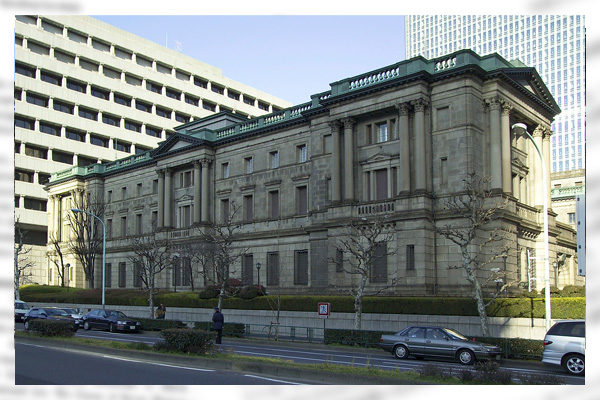At its Monetary Policy Meeting on July 27-28, the Bank of Japan (BOJ) decided to immediately make flexible its yield curve control (YCC) as a means of large-scale monetary easing, which was the "first arrow" of the three-arrow Abenomics economic policy. Specifically, the central bank raised the upper limit of the benchmark 10-year Japanese government bond (JGB) yield from 0.5% to 1.0%.
Will this new operation contribute to achieving the price stability target of 2%? Or conversely, will the economic stimulus effect of interest rate suppression decrease to make us move away from the price stability target as a result of the upward expansion of interest rate freedom? In the latter case, the YCC will become a dead letter under the name of flexibility.
Raising the upper limit on the benchmark long-term interest rate
The YCC is a monetary easing framework that guides the policy interest rate with the shortest term to minus 0.1% (a negative interest rate policy) and the 10-year JGB yield to 0%. However, the benchmark long-term interest rate is allowed to fluctuate between plus and minus 0.5%. The decision was to maintain the 0.5% fluctuation range while allowing the long-term interest rate to rise to 1.0%.
The BOJ will unlimitedly purchase 10-year JGBs at a fixed yield of 1.0% in the so-called “limit operations” to prevent the 10-year JGB yield from rising beyond 1.0%. Before the latest BOJ decision, limit operations were conducted at the yield of 0.5% equal to the upper limit of the fluctuation range, preventing the yield from surpassing 0.5%. However, the decision caused a gap between the yield for limit operations and the upper limit on the yield. As a result, the target fluctuation range between plus and minus 0.5% has become almost meaningless.
The reason for raising the upper limit on the long-term interest rate may be that a majority of BOJ Policy Board members have grown conscious that the consumer price index (CPI) will rise more than expected. In general, yields are determined by the sum of real interest rates (roughly equal to the potential economic growth rate) and an expected price increase rate. A majority of the members see the possibility that an expected price increase rate will increase considerably above the median forecast level. In anticipation of future yield hikes, they may have raised the upper limit to prepare for higher yields.
Leaving the YCC unchanged was appropriate
The problem is whether the CPI will actually increase and sustainably approach the 2% price stability target. In this respect, the BOJ’s monetary policy statement on July 28 said, “sustainable and stable achievement of the price stability target of 2%, accompanied by wage increases, has not yet come in sight.” This means that the Japanese economy is not in a situation where sustainable price rise triggered by wage increases can be expected with considerable certainty. The median CPI forecast by the BOJ Policy Board members rather declines for fiscal 2024 and 2025.
Our challenge is to achieve the price stability target sustainably through expanding demand, while maximally maintaining and utilizing the economic stimulus effects of interest rate suppression. To do so, it would have been the most appropriate if the BOJ had left the YCC policy unchanged. Its modification was too early.
Etsuro Honda is a member of the Planning Committee of the Japan Institute for National Fundamentals and a former special adviser to the cabinet. He advised then Prime Minister Shinzo Abe for the success of Abenomics.


